Anyone who has spent recent months house-hunting, particularly in the Dublin market, will be all too aware of the shortage of stock and heady asking prices. As the clock winds down for the year, agents too are keen to get some of their existing listings off their books. One way to attract new eyeballs and generate fresh interest on properties is by dropping the asking price.
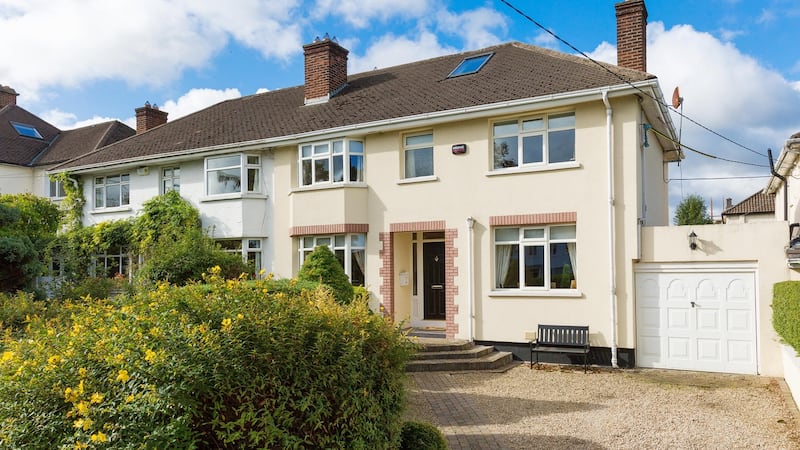
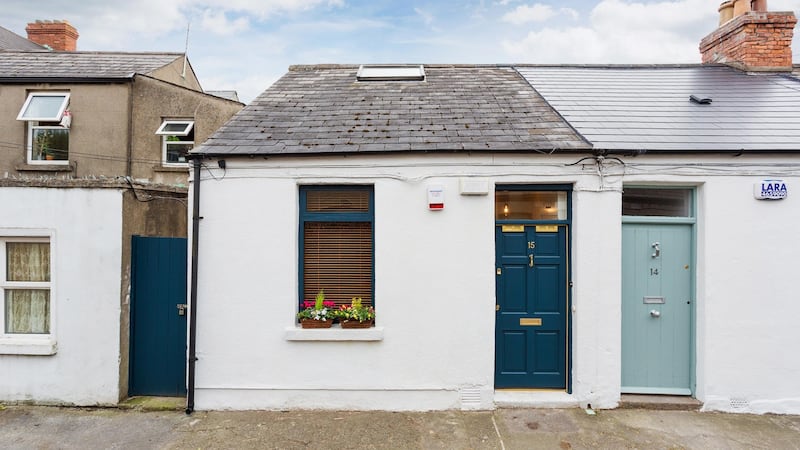
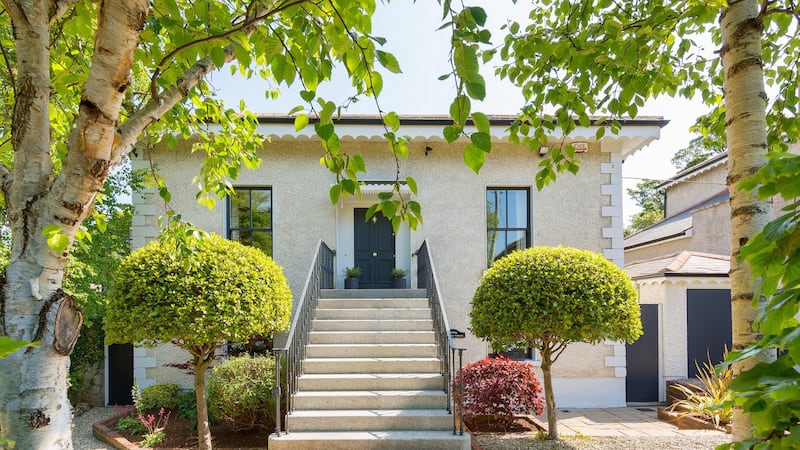
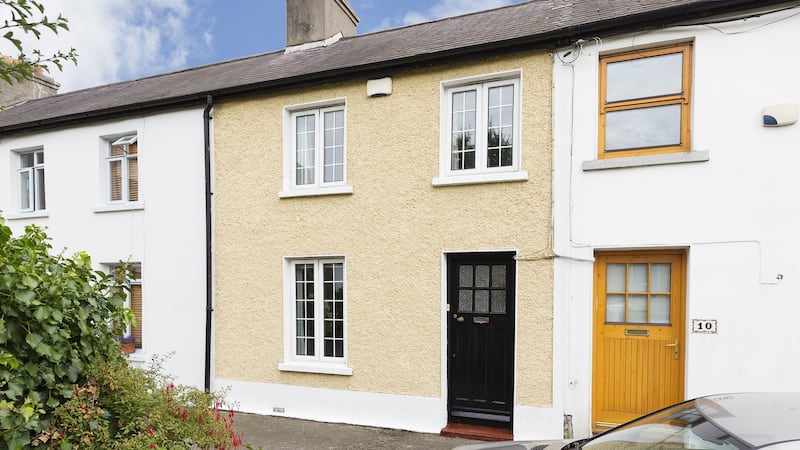
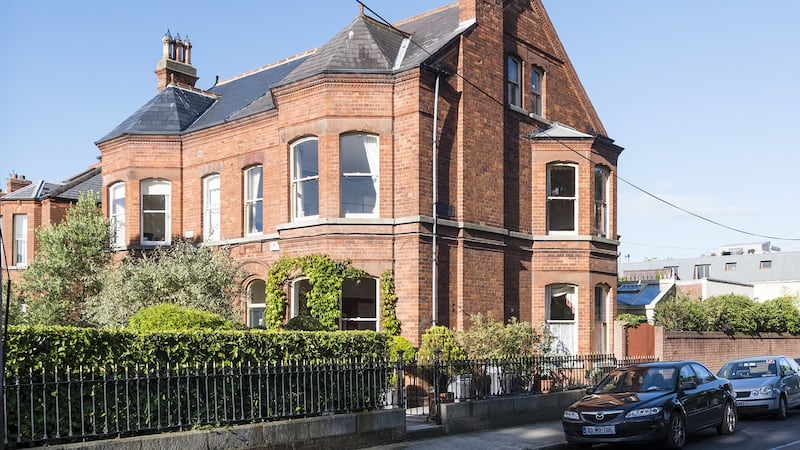
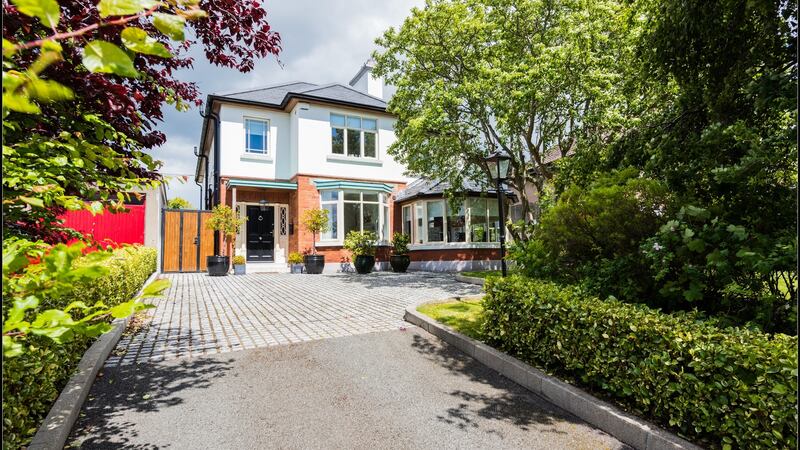
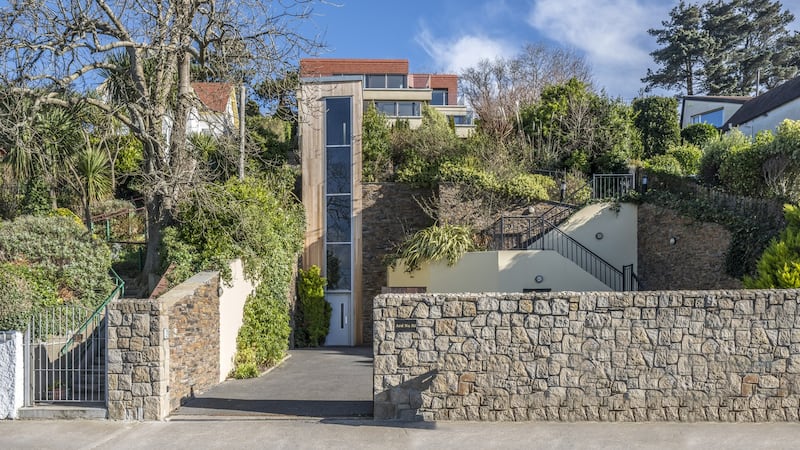
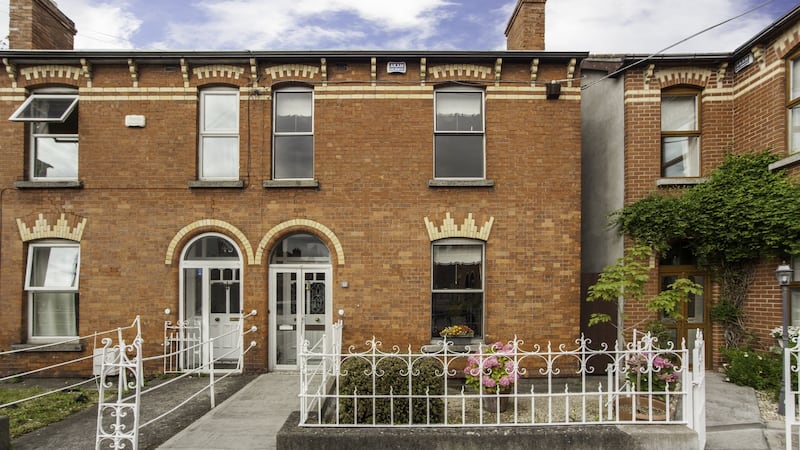
“A price drop usually happens when offers are too low or the number of viewers slows down,” says Michael Grehan, managing director of Sherry FitzGerald Residential. “It can take six to seven months to sell a property from start to finish, and some of the best houses can take longer to sell. In the current market price drops show that a vendor is being proactive. It is a statement by the vendor that ‘we are keen to sell’.”
Grehan adds that valuation is an inexact science. “In a strong market an agent’s job is to maximise value. There is no point in pitching a property at a price that it is very obviously going to exceed. You will end up with six people bidding on it and there can only be one buyer.”
A price drop can be used as a lure, he says. “Pricing is strategic but it depends on the endgame. I would be reluctant to encourage a price drop within the first six or seven weeks. There are many reasons it can occur, though. The property may be vacant and the vendor doesn’t want it sitting idle over the winter. If a house is vacant it isn’t earning any money.”
Grehan estimates that houses with dropped asking prices account for between 5 and 10 per cent of Sherry FitzGerald’s overall sales. “We prefer to quote higher than lower, but the circumstances of sale dictate the strategy. Our aim is to ensure that we get the maximum value for the property we have been entrusted to sell. If you want the property sold in two weeks then we don’t advise an aggressive strategy, but we don’t like selling houses in less than four weeks.”
Period property
Robert Finnegan, a director at Vincent Finnegan, estimates about 1 per cent of his firm’s stock has its price reduced, and one such property is 3 Synge House, Churchtown in Dublin 14. A top-floor, two-bed apartment in what was originally the family home of playwright John Millington Synge, the period property boasts 13ft ceiling heights and views of the Dublin Mountains and came to the market in September asking €365,000 but didn’t get any offers. In mid-October the price s dropped to €345,000.
Undoubtedly a little heat has gone out of the market since late summer and the market is very price-sensitive
So why didn’t they just put the property on at €345,000 in the first place?
“Price categories in online search engines mean that some properties fall outside the parameters that buyers set for themselves. An email notifying them of the price drop suddenly brings this property within their budget,” Finnegan says.
“The market price is dictated by sellers. It is owners who ultimately decide what price the property goes on at; they tell us what way it is going to proceed.”
Another independent agent, who didn’t want to be named, says that he never argues with a vendor about price. “I want the listing and the view I take is that the customer, ie the vendor, is always right.”
The Synge House sale is currently at an active bidding stage close to the original asking price, so as a strategy it works. But it doesn’t mean buyers have to like it.
It’s an active strategy in a very strong market, says agent Janet Carroll. While there are plenty of buyers at the sub-€500,000 mark, the higher-end €1.5 million-plus category is “soft”, she says.
“A very good way to stimulate sales at this level is to reduce the price. In price reduction incidences I would counsel sellers not to reduce to a price that they are not willing to sell at. Before I make a decrease live on property portals, I would have to get agreement that if an offer comes in at the new, lower asking price that they’d agree to accept it if there isn’t a higher offer.”
‘Trickle of interest’
Number 1 Waltham Terrace, Blackrock is a four-bed, four-bath, detached property of 201sq m (2,163sq ft) that Carroll brought to market seeking €1.95 million. The asking price dropped by €300,000 on October 10th to €1.65 million. “At the higher price there was just a trickle of interest,” Carroll says, “but the reduction, almost 16 per cent of a drop, brought between 20 and 30 interested parties within a week.
“Buyers at this level of the market are shrewd about what they are prepared to pay. If you’re not getting the right traction, and you’ve done everything else correctly, a reduction makes sense. Private treaty is inviting people to make an offer on a property. An open viewing with an interesting asking price brings in genuine shoppers. Some need reassurance that they are not the only person interested. Buying at this price and in this way they can size up the competition.”
On its online listing, the Waltham Terrace price drop is apparent, but that is not always the case. “Some agents opt out of showing price drops so they appear initially and then not after,” says Angela Keegan, managing director of MyHome.ie. The onus is then left with buyers to ask the straight questions of agents and determine whether the current asking price is in fact the property’s original asking price.
Are price drops effective as a selling strategy? Yes, says Lorraine Maher, branch manager at DNG Dún Laoghaire, who estimates that only 1 to 5 per cent of its properties have price drops. “Most properties that have their prices dropped then sell very quickly,” she says. She cites number 27 Saval Park Gardens, Dalkey, a five-bed semi of 152sq m that came to the market in August asking €895,000. In October the price dropped €100,000 to €795,000 and the house has since gone sale agreed closer to the lower asking price.
A price drop is a good reason to go back to buyers and tell them the property is reduced
“Undoubtedly a little heat has gone out of the market since late summer and the market is very price-sensitive,” says Robert Lawson, divisional director at Lisney. “If you have to reduce the price it’s because you’re simply not getting the interest. Asking price optics are now using supermarket psychology that indicate a house that goes on the market at €795,000 will appeal more than one that goes on at €820,000. Where price is reduced you get the price moving.”
While price drops can work at every level of the Dublin market, outside the capital – its commuter belt and the strong urban areas of Cork and Galway cities – it is a very different market.
‘Negative effect’
One Kinsale-based agent who didn’t want to be named is loath to advertise the fact on property portals because, “If you bring it to buyers’ attention it makes the property harder to sell. It has a negative effect. If no one else wants it then I don’t want it either.”
There is plenty of what seasoned country homes agent Celia Lamb calls price chipping. “Price drops are designed to encourage more buyers to bid and hopefully achieve the asking price. It only works, though, if there are multiple bidders. It is a psychological tactic, like when supermarkets sell goods for €9.99, which is almost €10, but shoppers perceive it to be only €9.”
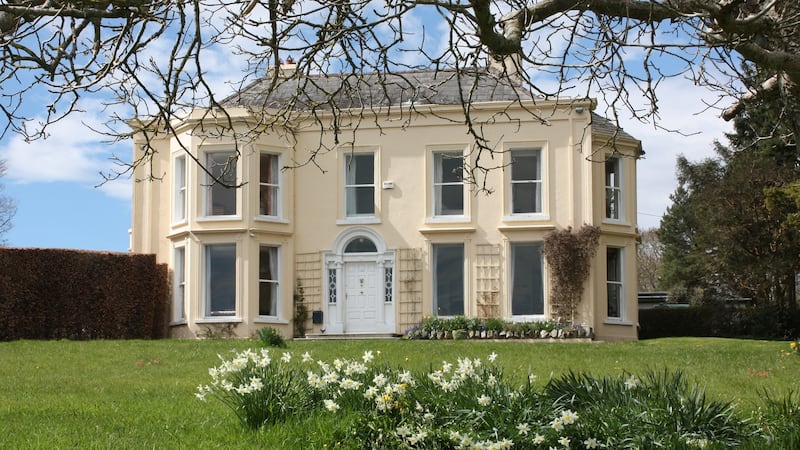
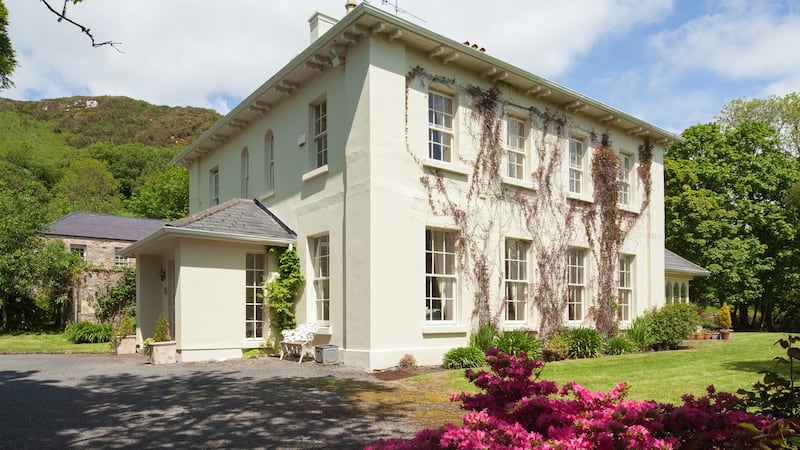
Lamb is currently selling The Old Rectory, a Georgian property on Connemara’s Sky Road, on the edge of Clifden. It came to market last summer with a separate three-bed guesthouse and outbuildings seeking €1.5 million, and three weeks ago its price was reduced by €100,000 to €1.4 million.
Grehan says a good agent should be in constant contact with would-be buyers. “A price drop is a good reason to go back to buyers and tell them the property is reduced. That form of negotiation should include picking up the phone to buyers that looked at other properties. It may have been too pricey for them originally.”
His advice to house-hunters is to keep a close eye on the property portals and if you like a place put in a cheeky offer. “The worse thing that can happen is that it is refused.”
Finnegan advises buyers to expand price category searches online. “If your budget is €500,000 then put in searches for properties less than €600,000. That way you may catch the couple of properties that are potentially overvalued.”
Conor Gallagher of Gallagher Quigley also suggests you shop outside your budget – about 5 to 7 per cent above and below to catch all. “There is also nothing like the real thing. See it, feel it, touch it – then you’re informed,” he says.




















